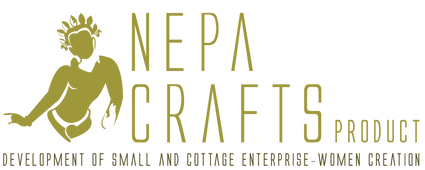Indra Jatra-The Facts and Feast
Nepal is very rich in cultures and festivals. There are more than 50 festivals celebrated in a year by different community in Nepal. Indra Jatra is one of the most important festivals of Nepal. Indra Jatra is celebrated to worship Indra, the Lord of Rain and Fertility by Hindus. The eight-days long Indra Jatra festival falls in September and this year it is on 24th September, 2018. This festival is also known as "Yenya" where Ye means Kathmandu and ya means celebration and this festival is celebrated in Kathmandu, capital city of Nepal.
The festival begins with the erection of wooden ceremonial pole also known as Yashin which is about 36 feets long. Hundreds of viewers gather at the Palace Square and on the surrounding temples for this pole erection ceremony. The chariot of Kumari, the Living Goddess, is taken out in a procession through the main streets of Kathmandu. The dancing ceremony is also taken place at the same time. The display of images and sculptures of Indra and Bhairab at this time of year.
There is an interesting story behind the celebration of this festival. According to traditional beliefs, Indra, the god of rain, once descended to Kathmandu valley to steal a flower named Parijat for his mother, Dagini. Indra was imprisoned for stealing a flower as his identity was not known to anyone. Indra's mother was so worried to known about the incident and came down to earth. After revealing their identity to the masses, the captor gladly released Indra. In return, Dagini promised to do two things. One is to take those who have died in the last year back to heaven. The other is to spread enough dew throughout the winter to ensure a good harvest. This is the reason why Indra Jatra is celebrated at Kathmandu, Nepal.
During the afternoon, the role play of Ganesh and Bhairab ride in a chariot as an attendant to the goddess Kumari. The chariots move off and the Kumari is greeted from the balcony of the old palace by the president. The procession then continues out of Durbar Sq towards Hanuman Dhoka where it stops in front of the huge Seto Bhairab mask. The Kumari greets the image of Bhairab and then, with loud musical accompaniment, Nepalese rice beer starts to pour from Bhairab’s mouth and getting a sip of this beer is guaranteed to bring good fortune.This ceremony is also know as "Hathu Hayekiu".
The colorful and cheerful crowds makes the festival more enthusiastic and exciting. As the festival is celebrated for eight days, each night of Indra Jatra the temple and ancient palace buildings around Kathmandu Durbar Square are aglow with oil wicks. People gather together and perform vaious dance.
During Indra Jatra, there are a varieties of performances including the dances of Lakhey who is said to be demon who used to live in the forests and later became protectors to the townspeople. He is depicted with a ferocious face, protruding fangs and mane of red or black hair.
The Yashin is pulled down signaling the end of Indra Jatra festival. It is taken to the confluence of Bagmati and Bishnumati in Teku to be put to rest. The end of the Indra Jatra festival heralds the beginning of Dashain and Tihar celebrated with great enthusiasm not only in the Kathmandu Valley but throughout the country.





Leave a comment